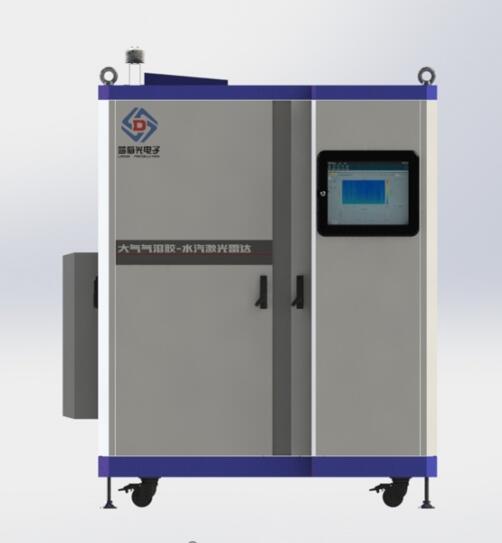
This system primarily utilizes polarization-Raman-Mie scattering lidar technology to simultaneously measure the optical properties of atmospheric aerosols and the spatial distribution and temporal evolution of water vapor concentration. It has wide applications in meteorology, environmental protection, and atmospheric research.
The lidar outputs pulsed signals at three wavelengths: 355 nm, 532 nm, and 1064 nm.
By receiving Mie scattering signals at 355 nm, 532 nm, and 1064 nm, as well as Raman scattering signals from nitrogen at 386 nm, it quantitatively retrieves vertical profiles of atmospheric aerosol and cloud extinction coefficients, backscatter coefficients, and extinction-to-backscatter ratios.
The vertical profiles of aerosol and cloud particle depolarization are obtained by receiving parallel and perpendicular component scattering signals at 532 nm.
Water vapor concentration vertical profiles are quantitatively retrieved through the reception of water vapor Raman scattering signals at 407 nm and nitrogen Raman scattering signals at 386 nm.
Product Appearance

Product Features:
Optimized overall design of optics, mechanics, and electronics to enhance comprehensive detection performance and inversion accuracy.
Capable of continuous day-and-night observations of aerosol particles and water vapor.
Intelligent box design with all-weather outdoor operational capability, suitable for routine monitoring.
Features wired and wireless data transmission, remote control, and networked observation capabilities, while also providing three-dimensional network data analysis and dynamic display services.